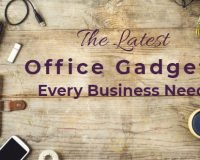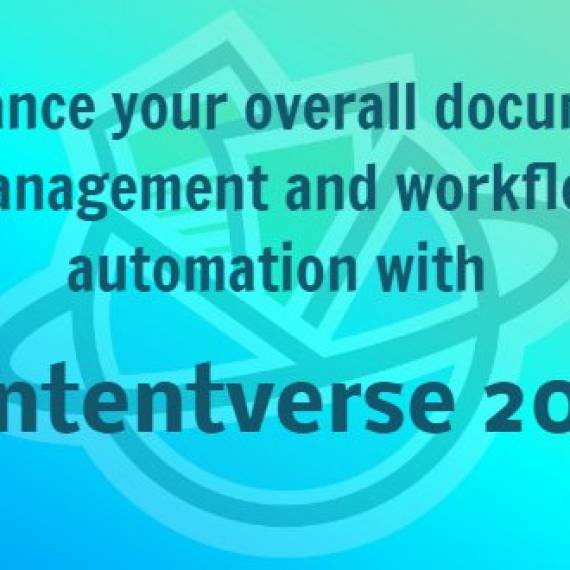The world is an inherently unsafe place, with human culture being a thin line against a nature that is “red in tooth and claw.” Even within the bubble of civilization, every time you turn on the stove, or cross the street, or get on an airplane, you are faced with a slim, albeit non-zero, chance of disaster. Most people, of course, choose not to neurotically obsess about these dangers and simply go about their business (despite still buying lottery tickets whose non-zero chances of winning tend to be far less than those of various disasters).
Obviously, there is a huge industry based on these real, yet non-zero, chances of everything going very wrong, and that’s insurance. While in the life insurance game they anticipate an eventual 100% mortality rate, for most specific issues like fires, floods, earthquakes, tornados, hurricanes, volcanic eruptions, industrial accidents, as well as acts of war, terror, and/or irritated deities, they know that any given premium-paying individual is highly unlikely to be collecting on that particular policy.
Unless, of course, they do.
Why does this matter for my business?
Now, say you have a business. And this business has hundreds of thousands of essential documents stored in file folders, file boxes, filing cabinets, and off-site file storage centers. And suppose that one of these disasters, particularly one of the types that is likely for the area in which your offices are located, decides to drop in on you like a tornado making a social call on Auntie Em’s farm. What then?
What happens when your essential data is blown across many square miles, burnt in fires of any of numerous assorted origins, turned to papier-mâché under the waters of a flood, or even, in more extreme scenarios (but ask about this one in Naples), entombed under a fresh sheet of lava? Something about lacking a paddle?
What’s your disaster recovery plan?
If nothing else, this should give you pause, because an alternative to all that easy-to-destroy paper is out there, and brings all sorts of advantages other than the ability to have that information retrievable even if a (moderately-sized) meteor lands smack in the middle of your World Headquarters’ cafeteria. This is, as you might have guessed, using an enterprise document management solution, like the industry-leading Contentverse, which takes your fragile data and not only makes it far more prone to survive whatever nature can throw at you, but also makes the handling of that information far more cost-effective, efficient, and efficacious in terms of business processes. It’s a win-win, unless you truly are on the receiving end of a particularly nasty act of God.
Ok, so we’re talking about worries, and now we’re talking about storing stuff electronically, and we can hear (from way over here) those gears going in your head about hackers, cyber-thieves, your competition doing “industrial espionage”, assorted attacks, and even snooping by the nosy nudniks of certain government agencies … won’t taking that info off the locked-in-your-desk-drawer printed page make it vulnerable?
Document management software features encryption and dual-layer redundancy to ensure your documents and files are not going to find their way into the wrong hands. And this is not just an option for a server in your offices, this is also out there in the cloud, so not only is your data locked down tight, it’s also not there if that meteor slams into your IT department instead of the lunch room. Having your documents electronically maintained with this level of security, across co-located cloud backbones, means that even if that super volcano blows under Yellowstone, you’ll be able to still run your business.
But, really, being able to keep your content safe against worst case scenarios is only the icing on the cake for a full-spectrum document management solution. The advantages it has for your daily workflow are amazing, from being flexible enough to work with how you do business, and having an accommodating API that will work with your existing systems, to being set up with a familiar MS Office-like interface (which greatly shortens any staff learning curves), your organization can be up and running with Contentverse very quickly.
Features like global intelligent search are able to find lost (or forgotten) documents in a few clicks. Page-level permission assignment means that only the right people are accessing sensitive materials, and everybody is working with the most current information, rather than something that got stuck in the filing cabinet six months ago but was superseded by new data six weeks ago. And, if stored on the cloud, your staff can access all your info (as appropriate) from wherever they are, and from any device, from desktops to laptops to tablets, and even to smartphones.
Take the tour and find out how you and your business can now be “safe to dance” around all the world’s worries and risks.
About the Author:

















Leave a Comment